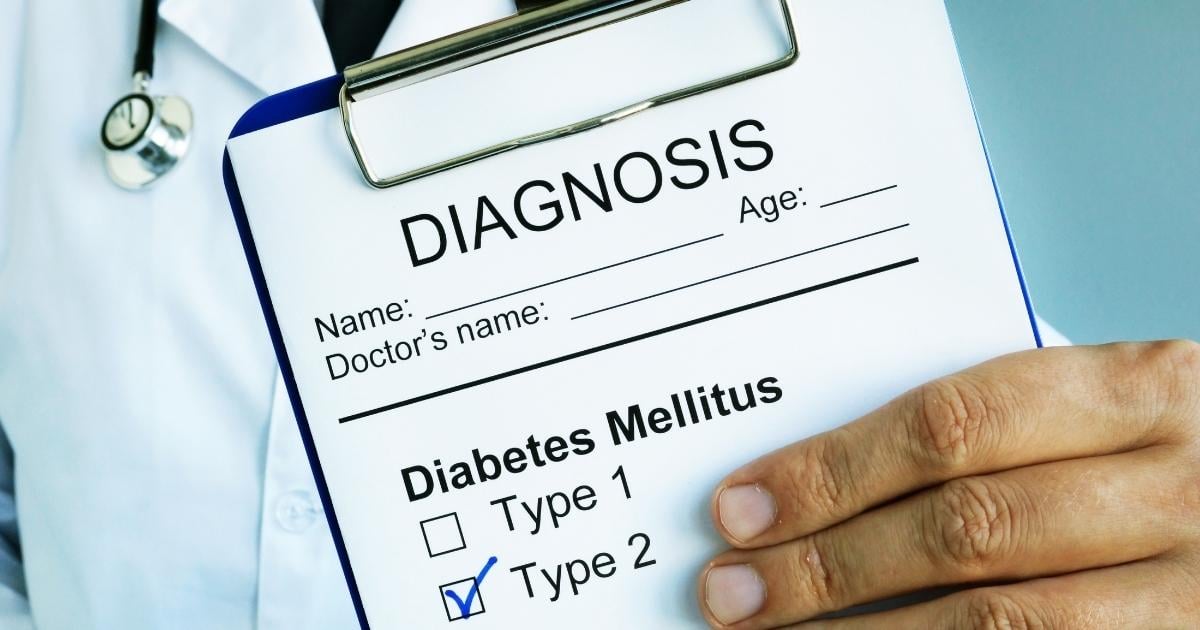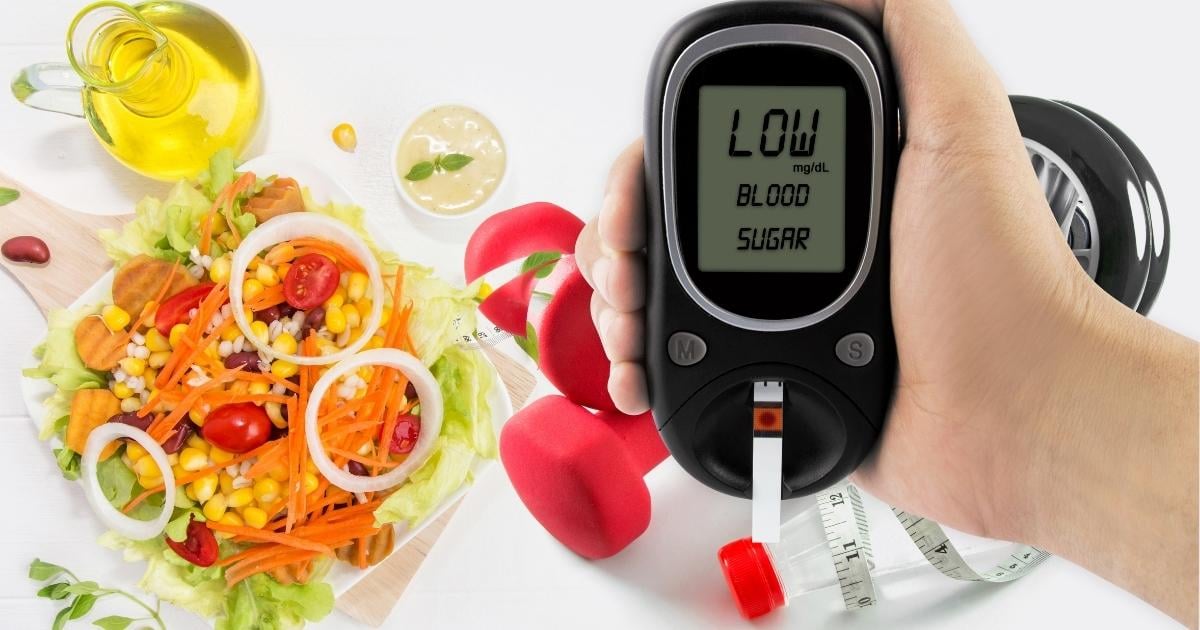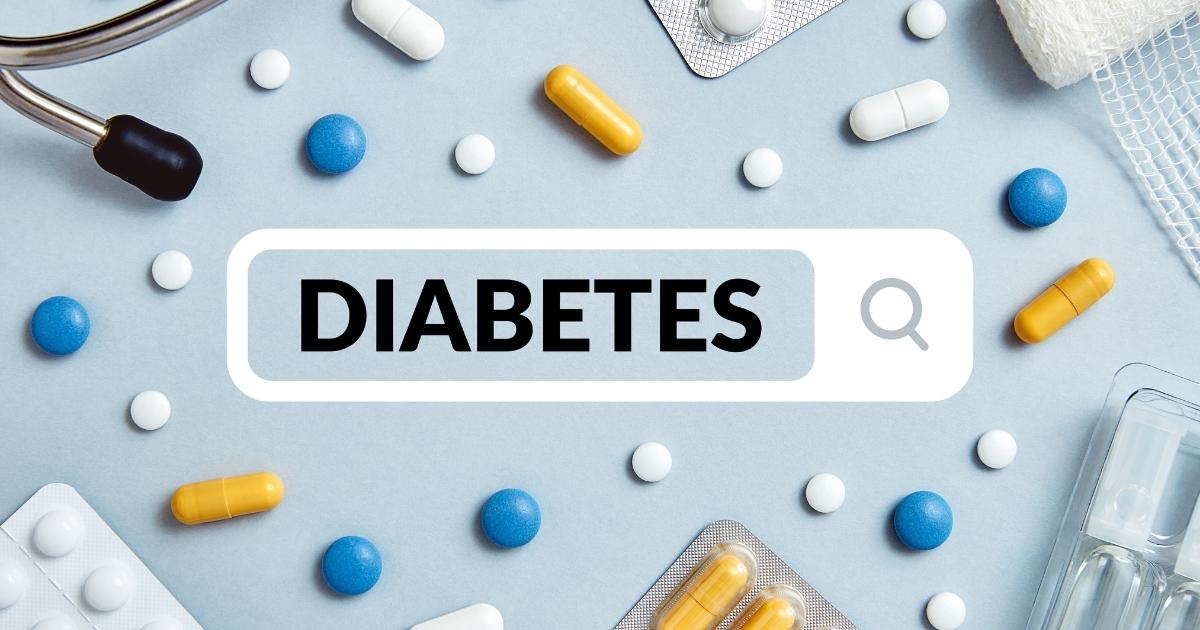The state of type 2 diabetes today
Diabetes is considered a major public health issue in the United States because of its large prevalence in the population. Older adults are more likely to be diabetic, however, today more children and teens are developing type 2 diabetes. Today, more than 37 million people are living with either type 1 or 2 diabetes in the United States - 90-95% of these people have type 2[1].
There are two different types of diabetes. Type 1 diabetes is the first form, which is an autoimmune disorder that is caused by the body’s inability to produce enough insulin[2]. Insulin is a hormone that is made inside the pancreas, which helps the body use blood sugar, or glucose, for energy from the food you eat.
People can develop type 2 diabetes, the second form, which is what happens when the body no longer can effectively control and respond to insulin levels. This is called insulin resistance. Your pancreas will produce more insulin to attempt to regulate your blood sugar. But in the process of regulation, your insulin production cannot keep up with your rising levels of blood sugar[5].
What does it mean to have type 2 diabetes?
Symptoms
First of all, several symptoms can help someone identify the development of type 2 diabetes. Some symptoms include[8]:
- Frequent urination, especially at night
- Loss of weight
- Blurry vision
- Frequently feeling tired, hungry, or thirsty
- Numb or tingling hands or feet
- Dry skin
- Slow healing wounds
- Increase in infections
These are all indicators that your body is not regulating its blood sugar levels and there may be a problem.
Risk Factors
Studies have shown that certain risk factors may make you more susceptible to developing type 2 diabetes. Risk factors of type 2 diabetes include[9]:
- Obesity
- Being over the age of 45 years
- Family history of type 2 diabetes
- Low physical activity
- Previously had gestational diabetes (during pregnancy)
- Race: Hispanic/Latino/x, black and African American, American Indian or Alaska Native populations are at a higher risk

What does treatment look like?
Treatment for people with type 2 diabetes does not always look the same.
Firstly, type 2 diabetes treatment usually consists of some sort of medication regimen. The medicine that is usually prescribed is meant to help control the person’s blood sugar levels. Drugs such as metformin are often prescribed to help lower blood sugar levels[3]. This is one of the most common diabetic treatment drugs.
Additionally, type 2 diabetes is associated with other conditions such as obesity, heart disease, vision loss, and kidney disease[1]. Therefore, diabetics may be prescribed additional medications to control or prevent these problems[3]. The development of these conditions as a result of untreated type 2 diabetes is a real concern. For that reason, treatment is crucial.
Insulin may also be prescribed by a health professional to manage blood sugar levels. This medication cannot be taken as a pill because consuming the pill would cause the body to digest and break down the insulin, therefore, not able to be used by the body[4]. Therefore, insulin is injected into the body to be released into the bloodstream and help control blood sugar levels.

Managing your type 2 diabetes
Part of managing your diabetes has to do with taking medication to manage your blood sugar levels. But other lifestyle habits can help manage your diabetes. These habits may change depending on what complications a person may already have with their diabetes or complications they are trying to prevent.
Additionally, taking an A1C test, a hemoglobin test that samples your blood, is also helpful. An A1C test measures your average blood sugar levels over some time[6].
There are a few lifestyle changes you can make to help manage your type 2 diabetes.
Diet and Eating Habits
One of the most effective ways you can manage any kind of chronic condition is by eating foods that are healthy for you and consuming the right amount of nutrients your body needs. This is so you can ensure that your blood sugar levels are controlled based on what food your body is eating.
Since no diet is right for everyone, it is important to work with a healthcare professional to understand what type of diet is right for you to manage your A1C levels. Some recommendations that are generally given are to eat more non-starchy vegetables and fruits, whole foods over processed foods, and less whole grain foods[7].
Physical Activity
Being more physically active allows your body to be more receptive to insulin, helping manage your blood sugar levels. This is why it is so important to maintain a healthy exercise regimen when trying to manage your type 2 diabetes. Physical activity itself also helps manage blood sugar levels as well as maintain a healthy weight[7].

Implications
Evidently, the management and treatment of type 2 diabetes is a complicated matter. However, evaluating the effects of social determinants of health on diabetes, its prevalence, and its complications makes this public health issue even more complex.
As stated before, Hispanic/Latino/x Americans, black and African Americans, and American Indian or Alaska Native populations are at a higher risk of developing type 2 diabetes. The Hispanic/Latino/x population, for instance, has the highest risk of developing type 2 diabetes in the United States.
The reason for this increased risk has to do with socioeconomic status, cultural factors, and access to quality education, healthcare, and healthy living habits. Essentially, BIPOC groups are more likely to have stricter access to health education and health care. They are also more likely to live in areas with food deserts and are more susceptible to obesity and unhealthy eating habits. BIPOC are also more likely to live in areas that do not promote physical activity. Lastly, an increase in psychosocial stressors also contributes to unhealthy lifestyle habits that BIPOC groups experience. This is a quick rundown on the factors that make BIPOC people more susceptible to type 2 diabetes, but there have been extensive studies that go much more in-depth into the reasoning behind this issue[10].
Essentially, social factors have made it especially difficult for BIPOC people and people of lower socioeconomic status to maintain healthy lifestyle habits. This results in a higher vulnerability of developing type 2 diabetes. Additionally, these social factors make it more difficult for BIPOC people and people of lower socioeconomic status to manage and treat their type 2 diabetes, which puts them at a higher risk of developing serious health complications caused by this condition.
Ultimately, this growing prevalence of type 2 diabetes in the U.S. is concerning and the various aspects of this issue must be addressed. We also need to better understand why certain groups are more likely to develop this chronic condition and how to solve it. The first step is education, but hopefully, we can take this conversation further and work on decreasing the prevalence of type 2 diabetes in our communities.
Choosing a healthy plant-based and vegan diet is most beneficial when it comes to:
-
Higher levels of energy;
-
Improved sleep;
-
Aids in energy and overall happiness;
-
Provides a sense of comfort and relief;
-
Could prevent major diseases such as obesity and diabetes;
-
Accomplish weight loss and management; and
-
Improves mental and cognitive functioning.
What is your biggest need for living your healthiest lifestyle? Are you looking for ways to improve your diet and boost your immunity? Let us know what you think of the article.
Have any follow-up questions? Please send us a message in the comments section below. We love hearing your feedback!

















